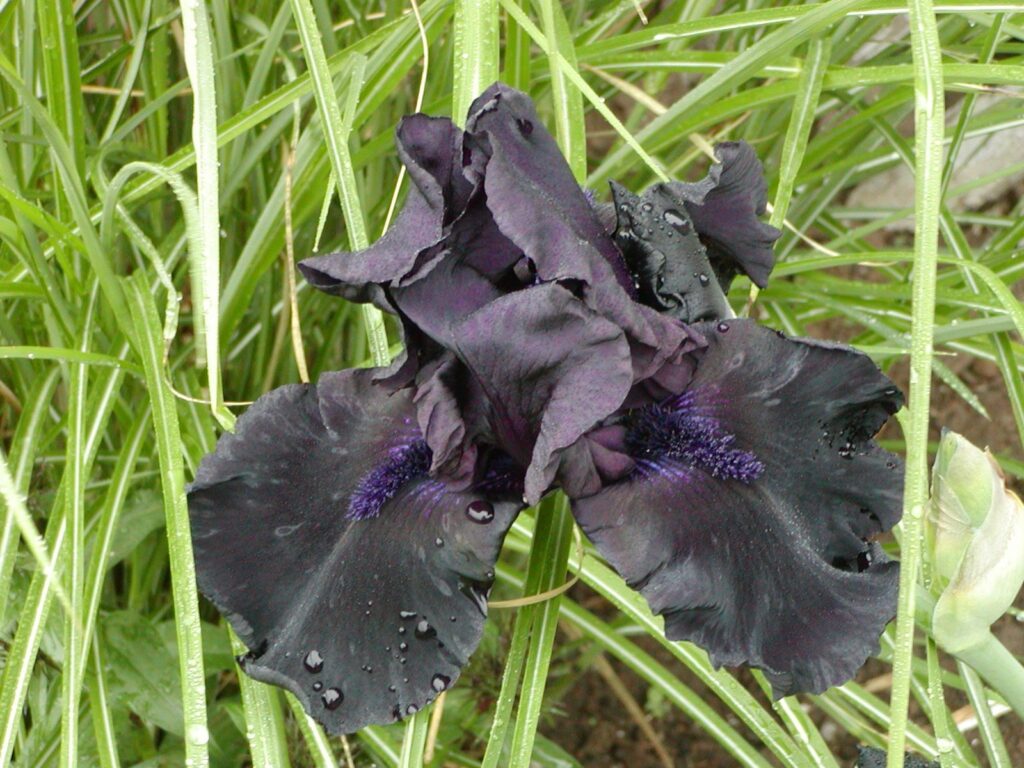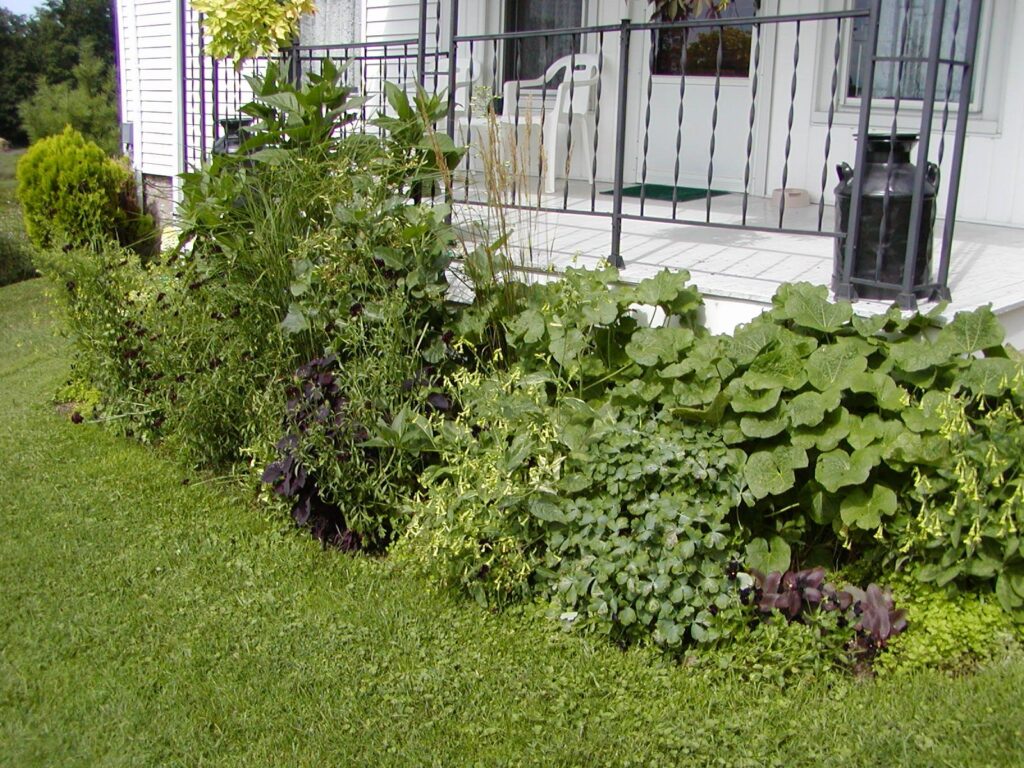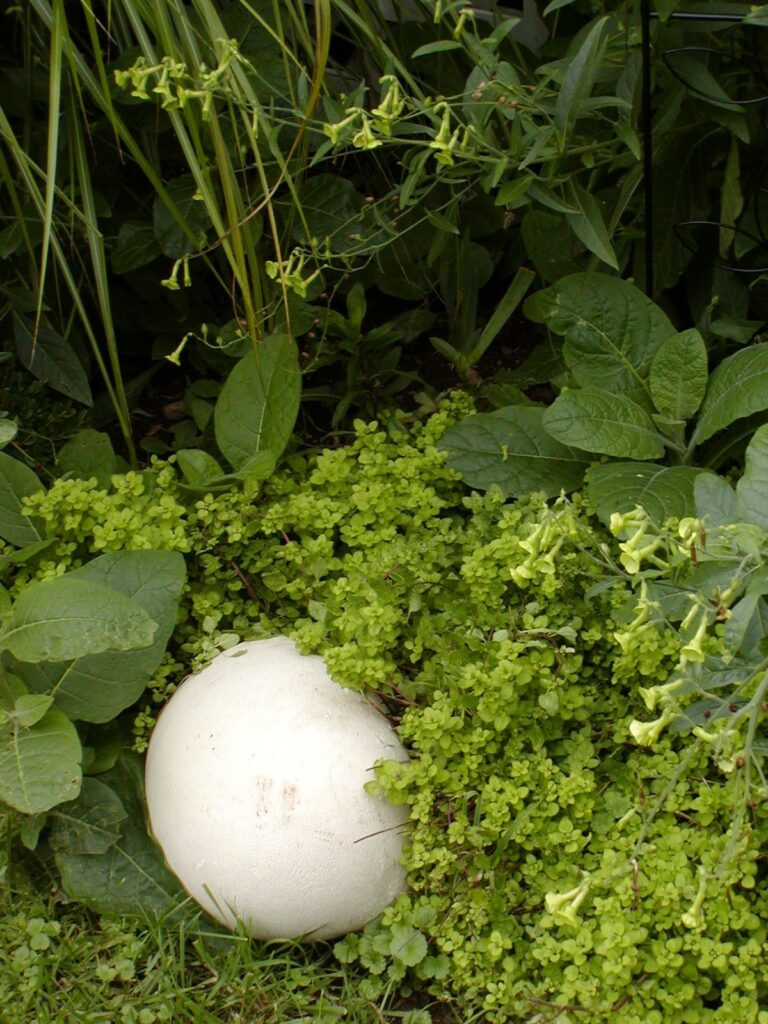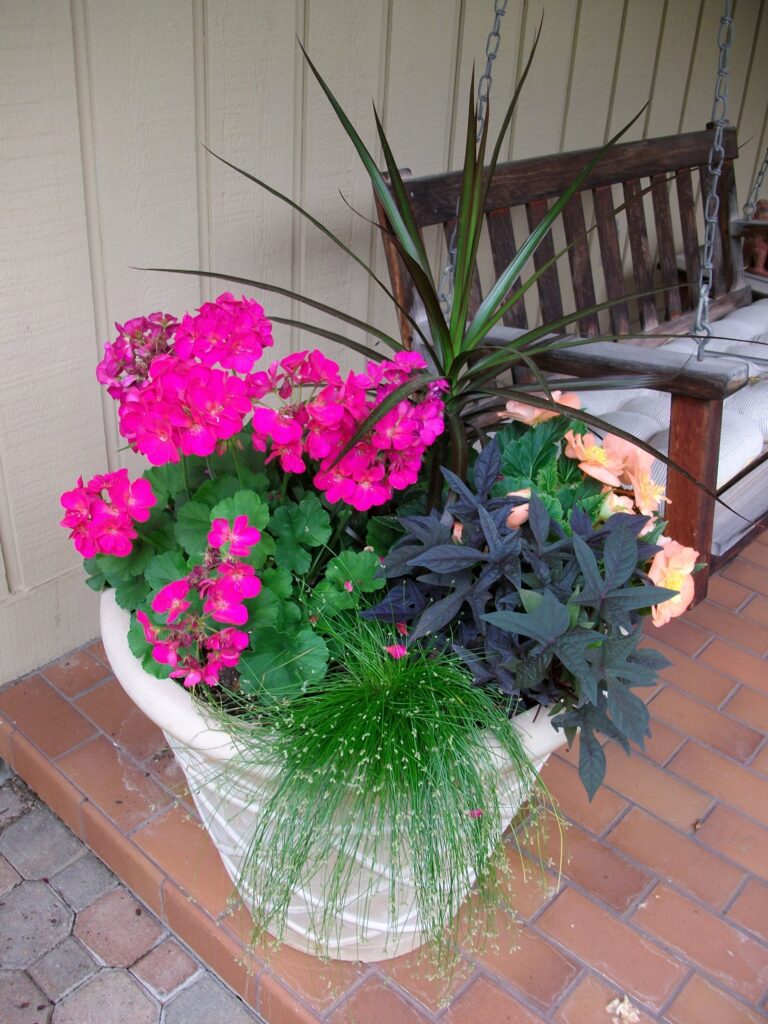
The year is 1996, and my undergrad work-study job is a plum one—editing a gardening newsletter for the Virginia Tech Horticulture Extension office. I am excitedly pitching story ideas to the director. She is supportive even as she casually tosses off, with regard to garden writing, “There’s nothing new under the sun.” She shows me passages in decades-old and even century-plus-old gardening books that were giving more or less the same advice as we were giving to the public. It is enlightening, if also a bit dismaying.
As a young person whose mind was buzzing with all the new plants and landscapes I was being exposed to, I didn’t like to think that all we were doing was recycling ideas and knowledge. After all, there is unique and original horticultural research underway; there are new plant cultivars being selected and new hybrids being bred all the time; and there are garden memoirs being written and published that are as singular as the people who write them.
At first, I hoped the director was exaggerating about the “nothing new.” But, thirty years later, I better understand what she meant, especially as applies to gardening advice. I see the recycling of advice and fanciful notions most vividly in the framing of annual lists of Gardening Trends.


UNINTENTIONAL TRENDINESS
In the early 2000s, I planted a green-and-black garden in front of the farmhouse apartment I rented. I loved the contrast of black with a whole matrix of green hues. I enjoyed playing with texture within the structure of a dichromatic color palette. It was a fun challenge.
For as long as it lasted, the green-and-black garden was pretty fabulous, even as some plants didn’t make it. The greens were provided by ornamental grasses, sedges, boxwoods, lime-colored nicotiana flowers, golden creeping Jenny (Lysimachia ‘Aurea’), lime-green sedums, ‘Limelight’ hydrangea, and little mounds of a globe-shaped basil in summer. The black components of the garden were, in reality, either a very, very dark red, or a very, very dark purple—but in the right light and at a little distance, they looked black. Dark upright perennial sedum formed the foundation of the dark colors along with a perennial sweet William (Dianthus barbatus) cultivar and an ‘Around Midnight’ iris that was a stunner. I planted black hollyhocks that were really dark red. I tucked in black pansies and dark petunias, which appear to have come a long way since then in terms of approaching true and uninterrupted black. Can you tell I was into it?
I’d like to think I came up with the green-and-black garden theme out of my own creative well, and nowhere else. But as I’ve been ruminating on this story, I’ve remembered that I was influenced by a new grower in our town who was trying out all the latest cultivars. I believe my conversations with her, and buying the plants she produced, surely did influence me. I’m also remembering interviewing a nurseryman outside Ithaca who had a bold approach to color; he loved high contrasts and dark foliage, and I wouldn’t be surprised if his ideas worked their way into my ultimate plan for the green-and-black garden. None of my ideas were truly new.
Dark plants are trendy again, only now they are called “Goth” plants. Iridescent green plants are also in vogue and are framed as “futuristic.” My farmhouse garden of twenty-five years ago was both Goth and futuristic! And, lo and behold, I’ve learned that moneyed Victorians were passionate about, among other trends, all-green gardens or those with lots of dark foliage. Maybe I should be thankful for trends?
Nature kept me from taking my garden’s color theme too seriously. One summer, a giant puffball mushroom (Calvatia gigantea) the size of a bowling bowl rose overnight (seemingly, at least) in my green-and-black garden, like a living garden ornament. The cheek of it! I wish I had the knowledge and confidence to fry that sucker up and savor it while it was still young and edible*. All glowing white, it reappeared several times over the life of the garden, regrowing from mycelium.
*Make sure you get a mycologist to green-light eating any wild mushroom!


TRENDS VS. PLEASURES
I’ve taken a tour through the plant marketing world’s “Gardening Trends of 2024,” and, no surprises there, the “trends” often come with specific, patented plants they recommend you buy to participate in the trend. Marketers are just doing their job—I get that. They have to thread needles like: “There’s a trend toward simplicity . . . now go buy these plants!”
But does anyone else think that couching things like “Planting for Pollinators” and “Getting Rid of Lawns” and “Getting Kids interested in Ecology” as “Garden Trends” is silly, at best? If these forms of hyperlocal environmental stewardship are trends, that means they will be fleeting. I’d rather contemplate lists of “The Pleasures of Nearby Nature.” But I realize that’s not very catchy . . . and may not sell as much product and as many services.
On my dream “Pleasures of Nearby-Nature” list would be things like tracking plant and animal phenology for Nature’s Notebook, looking at insects with a hand lens or microscope, learning animal tracks, reducing the amount of noise you make when you’re outside, raising monarch butterflies, doing gentle pruning to encourage good cover and fruit set for birds, building woodpiles for bird cover, learning bird calls and nest types, practicing nature photography, identifying rock types, dividing and sharing plants, removing invasive plants while they’re tiny, mulching with the leaves that the trees around you provide, making compost, and so on.
Am I officially a curmudgeon now? I can see how I might be perceived that way. After all, I had my era of chasing plants and big showy displays. I had my time looking through glossy magazines and seeking the newest cultivars. My values and priorities are just different now.

TUNING IN
Garden trends can lead to simple and innocuous pursuits, like growing succulents in a dry place or houseplants in a bright room. Just know that while some trends are becoming more ecology-focused, others are still also trying to get you to spend a lot of money. When you think about putting in a pond, for example, think through whether the maintenance is going to be fun for you (or whether you can pay someone else to do it). Will you be ok with blue herons eating the fish? Because nature is going to have fun with you. In our household, we have a saying: “The woodchuck always wins.” It means I buy kale from farmers; I don’t try to grow it here, because the woodchuck made her position very clear. I’m happier accepting these kinds of realities.
Other questions you might ask of yourself, to save money and heartache: If you have an elaborate hardscape put in, who will weed the plants that come up through the cracks? (Oh my goodness—there will be so many weeds in the cracks.) If you keep expanding your gardens, can you afford to hire someone if you are laid up or disabled or simply getting older? What kinds of wildlife do you have coming through?
Can you dial in to what will nourish you in your pursuit of gardening? Maybe you have an accelerator personality, like a chickadee, and you want to move fast on your ideas and projects. Or maybe you have a reflective personality, like a cardinal, and you like to observe from the sidelines before you dive in, after the scene has quieted down. You get to proceed at a pace congruent with your nature, with what makes you feel alive, calm, and connected. Trends are not important, unless they are to you.
Michelle Sutton is a horticulturist, writer, and editor.






